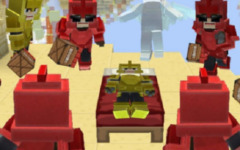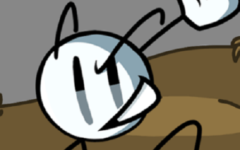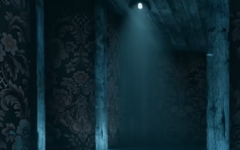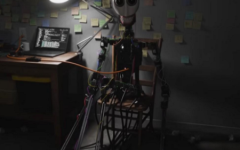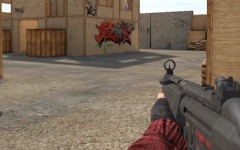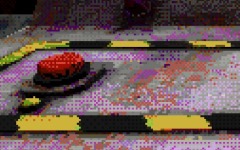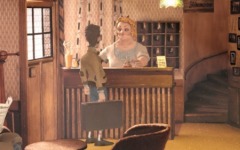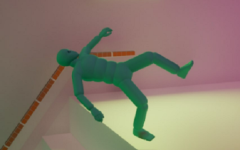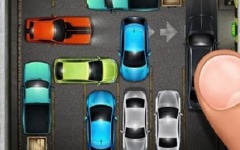Advertisement
The Amazing Digital Circus 6
Advertisement

The Amazing Digital Circus 6 returns to the simulated universe where human minds inhabit cartoon-like avatars, controlled by an artificial system that offers entertainment without purpose. Trapped inside a digital circus, the characters face unpredictable challenges orchestrated by Caine, a hyperactive AI who claims to keep everyone “occupied.” What appears on the surface to be a series of surreal performances is, in fact, a deeper structure of control. This episode continues the show’s pattern of combining abstract humor with emotional pressure, making each character’s behavior more erratic and uncertain.
New Layers of Control
In the sixth episode, the circus introduces a routine that appears more coherent than past ones — but the structure is misleading. The activities are repetitive, and small deviations from Caine’s expectations result in unsettling consequences. Pomni becomes increasingly distrustful of her environment, sensing that even her thoughts may not be private. Meanwhile, characters like Jax and Zooble test the system’s limits, provoking subtle responses from the world around them. What seems random may, in fact, be calculated. The episode plays with the illusion of choice and challenges the idea that escape is even an option.
Components That Define the Experience
The Amazing Digital Circus 6 includes several recurring design elements:
- A closed simulation with no visible outside world
- Personalities shaped by digital avatars and psychological stress
- “Games” that mimic therapy, punishment, or distraction
- Non-human NPCs who enforce the illusion of order
- Environments that echo memory, fear, or identity loss
The Illusion of Progress
Although the narrative moves forward, it avoids linear development. Characters cycle through emotional stages that seem familiar, yet slightly altered each time. The sixth episode reflects this by presenting a situation that feels like a repeat but ends in a new kind of breakdown. One character briefly recalls something from their past — a name, a moment — before the system quickly silences it. These small moments suggest that memory is both dangerous and fragile in the circus. The digital world doesn’t just trap the characters physically; it erodes their inner structure.
The Amazing Digital Circus 6 doesn’t offer solutions or dramatic revelations. Instead, it explores the mechanics of internal erosion, showing how performance, repetition, and isolation affect the human mind. The episode continues the show’s tradition of balancing absurd visuals with quiet psychological collapse. In this environment, maintaining one’s self may be the only form of resistance — even if that self is constantly being rewritten.






















































































































